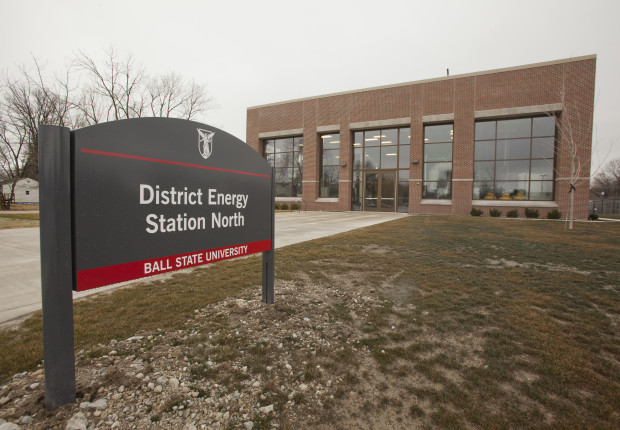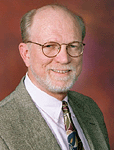We have much more to do and your continued support is needed now more than ever.
Ball State University to Host Its Second Geothermal Conference
Guest Post by Robert J. Koester, Ball State University
On April 10, Ball State University will host a second gathering of academic and facilities personnel interested in knowing more about the design, installation and operations of district-scale geothermal heat pump chiller technologies. Specifically, we will share our experience with installing the largest such system in a North American University. As of this date, fully 47 buildings are connected to the system for cooling and some 22 buildings have been connected for heating this winter season. Once the south field of bore-holes is completed and the south energy station becomes operational, the remaining 25 buildings in the south half of campus will be connected to the heating loop of the system. Within the next 18 months, the entire campus heating and cooling needs will be fully met by the district-scale geothermal heat pump chiller system.

Moreover, the gathering will include presentations on how the Ball State University installation is being used as a platform for research and education by faculty in the College of Sciences and Humanities; as monitoring wells are used to track day-to-day performance in real time and the profiling of thermal energy exchange across the ground layer strata are developed as part of a longitudinal study of system operation and impact. Review of these practices and techniques will be included in the facility tours.

More details on program and scheduling are available from the central sustainability web page at Ball State University, www.bsu.edu/sustainability.
About the Author
 Robert J. Koester, AIA LEED AP, Professor of Architecture has taught Design-for-Sustainability Studios, Sustainability Seminars, and Vital Signs Courses and co-taught the DaylectricTM Studio – focused on integrating daylighting and electrical lighting strategies in architectural design. He is the Founding Director of the Center for Energy Research/Education/Service (CERES) providing interdisciplinary academic support focused on issues related to energy and resource use, alternatives and conservation. He serves as Founding Chair of the university-level Council on the Environment (COTE) a clearinghouse for campus-wide sustainability. He also serves as Founding Co-Chair of the Greening of the Campus Conference Series, the 9th of which was held
Robert J. Koester, AIA LEED AP, Professor of Architecture has taught Design-for-Sustainability Studios, Sustainability Seminars, and Vital Signs Courses and co-taught the DaylectricTM Studio – focused on integrating daylighting and electrical lighting strategies in architectural design. He is the Founding Director of the Center for Energy Research/Education/Service (CERES) providing interdisciplinary academic support focused on issues related to energy and resource use, alternatives and conservation. He serves as Founding Chair of the university-level Council on the Environment (COTE) a clearinghouse for campus-wide sustainability. He also serves as Founding Co-Chair of the Greening of the Campus Conference Series, the 9th of which was held
in March of 2012 and featured the dedication of the university’s campus-wide geothermal district heating and cooling system. He is the university liaison to the American College and University Presidents Climate Commitment (ACUPCC) and the Sustainability Tracking Assessment and Rating System (STARS).In addition he is a Founding Member of the Board of Directors of the Association for the Advancement of Sustainability in Higher Education (AASHE) and the Formal Education Committee of the U.S. Green Building Council (USGBC).





















